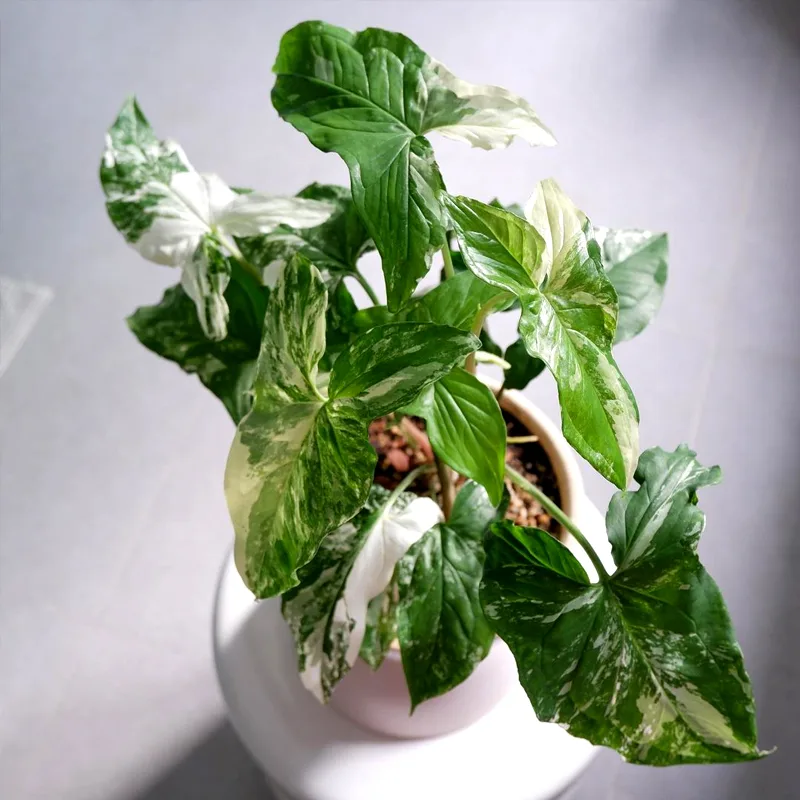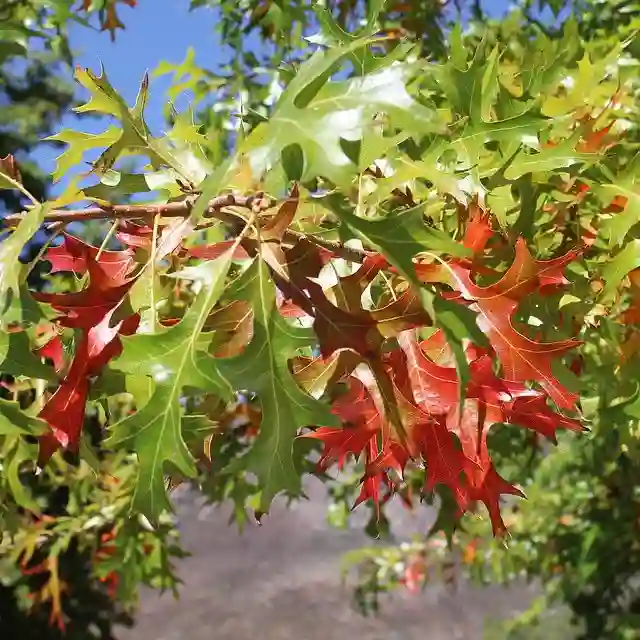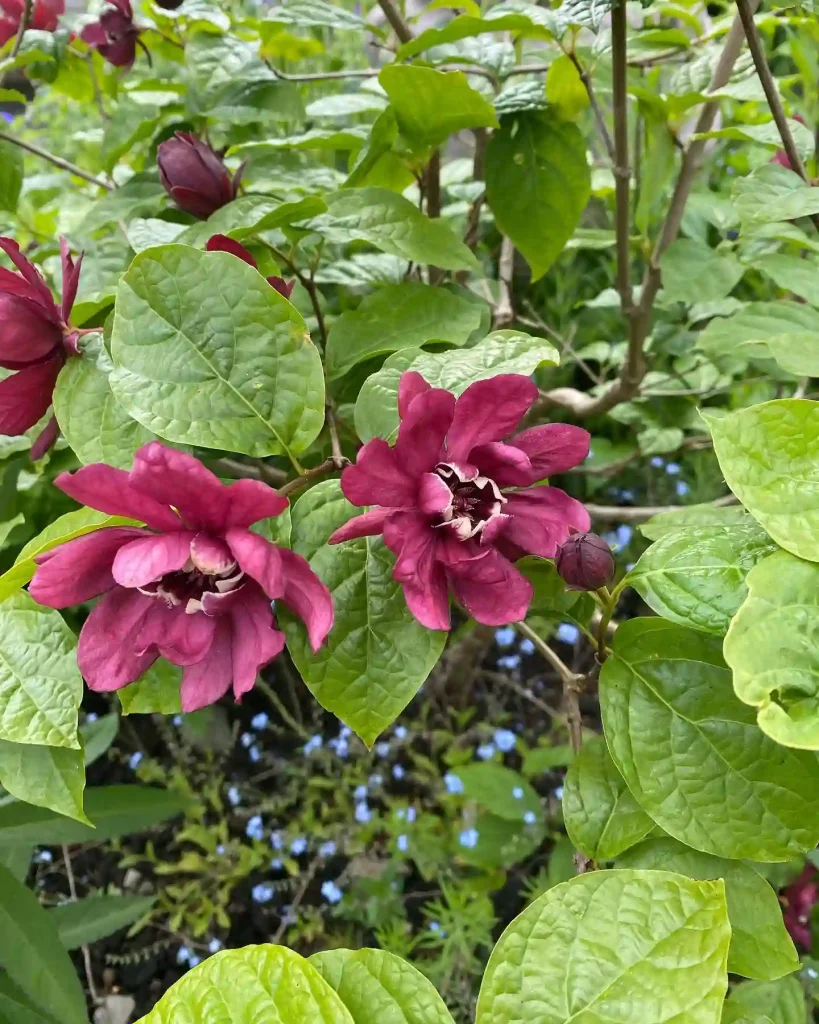A Journey into the Moraceae Family
As a plant enthusiast, I’ve always been captivated by the diversity and intricacies of the botanical world. One plant family that has particularly intrigued me is the Moraceae, also known as the mulberry family or fig family. This family boasts a rich tapestry of species, each with its unique characteristics and ecological roles. Today, I’d like to share my fascination with this remarkable family, highlighting some of its most prominent members and their significance.
The Defining Traits of Moraceae
The Moraceae family encompasses a vast array of plants, ranging from towering trees to sprawling shrubs and even climbing vines. What unites these diverse species are several key characteristics.
- Milky Sap: Perhaps the most distinctive feature of Moraceae plants is their milky sap, or latex. This sticky substance is often evident when a leaf or stem is broken. While it can be irritating to the skin for some individuals, it also serves as a defense mechanism, deterring herbivores and sealing wounds.
- Inflorescences and Fruits: Moraceae plants are known for their unique inflorescences, which are often highly specialized structures that bear numerous tiny flowers. These inflorescences can take various forms, including the familiar fig, the spiky mulberry, or the elongated catkin. The fruits that develop from these inflorescences are equally diverse, ranging from the fleshy and sweet fig to the aggregate mulberry.
- Ecological Importance: Moraceae plants play vital roles in their ecosystems. They provide food and shelter for a wide range of animals, including insects, birds, and mammals. Their fruits are a valuable source of nourishment, while their leaves and branches offer nesting sites and hiding places. Moreover, some Moraceae species have symbiotic relationships with specific pollinators, further highlighting their ecological significance.
Genera of the Moraceae Family
The Moraceae family is home to a diverse array of genera, each with its unique charm and ecological niche.
- Ficus (Figs): This iconic genus is perhaps the most well-known member of the Moraceae family. It encompasses over 800 species, including the common fig (Ficus carica), a beloved fruit tree cultivated for its delicious and nutritious fruits. Figs are also renowned for their unique pollination system, involving specialized fig wasps that enter the enclosed inflorescence to lay their eggs and pollinate the flowers. – 880 Species in Genus Ficus
- Morus (Mulberries): Another prominent genus in the Moraceae family is Morus, which includes various species of mulberry trees. These trees are valued for their edible fruits, which are often used to make jams, jellies, and wines. The leaves of some mulberry species, particularly the white mulberry (Morus alba), serve as the primary food source for silkworms, making them essential for silk production. – 17 Species in Genus Morus
- Artocarpus (Breadfruit and Jackfruit): This genus encompasses several economically important fruit trees, including the breadfruit (Artocarpus altilis) and the jackfruit (Artocarpus heterophyllus). These trees produce large, starchy fruits that are a staple food in many tropical regions. The breadfruit, in particular, was historically significant as a source of sustenance for long sea voyages. –
- Broussonetia (Paper Mulberry): The paper mulberry (Broussonetia papyrifera) is a fascinating species used for centuries to make paper. Its bark fibers are processed into a pulp, which is then formed into sheets of paper. This traditional papermaking technique is still practiced in some parts of the world today.
- Maclura (Osage Orange): The Osage orange (Maclura pomifera) is a distinctive tree native to North America. Its fruits, although inedible to humans, are relished by squirrels and other wildlife. The wood of the Osage orange is exceptionally hard and durable, making it prized for fence posts, tool handles, and archery bows.
- Afromorus E.M.Gardner
- Allaeanthus Thwaites
- Ampalis Bojer
- Antiaris Lesch.
- Antiaropsis K.Schum.
- Bagassa Aubl.
- Batocarpus H.Karst.
- Bleekrodea Blume
- Bosqueiopsis De Wild. & T.Durand
- Brosimum Sw.
- Calaunia Gudzins.
- Castilla Cerv. – 3 Species in Genus Castilla
- Clarisia Ruiz & Pav.
- Dorstenia Plum. ex L. – 122 Species in Genus Dorstenia
- Fatoua Gaudich.
- Helicostylis Trécul
- Hijmania M.D.M.Vianna
- Hullettia King ex Hook.f.
- Maillardia Frapp. ex Duch.
- Malaisia Blanco
- Maquira Aubl.
- Mesogyne Engl.
- Milicia Sim – 2 Species in Genus Milicia
- Naucleopsis Miq.
- Olmedia Ruiz & Pav.
- Parartocarpus Baill.
- Paratrophis Blume
- Perebea Aubl.
- Poulsenia Eggers
- Prainea King ex Hook.f.
- Pseudolmedia Trécul
- Pseudostreblus Bureau
- Scyphosyce Baill.
- Sloetia Teijsm. & Binn. ex Kurz
- Sloetiopsis Engl.
- Sorocea A.St.-Hil.
- Sparattosyce Bureau
- Streblus Lour.
- Taxotrophis Blume
- Treculia Decne. ex Trécul
- Trilepisium Thouars
- Trophis P.Browne
- Utsetela Pellegr.
The Allure of Moraceae
The Moraceae family continues to fascinate me with its incredible diversity and ecological significance. From the iconic fig to the versatile mulberry, each genus within this family offers a unique glimpse into the wonders of the plant kingdom. As I continue to explore the botanical world, I’m sure the Moraceae family will remain a source of endless fascination and inspiration.
If i die, water my plants!



